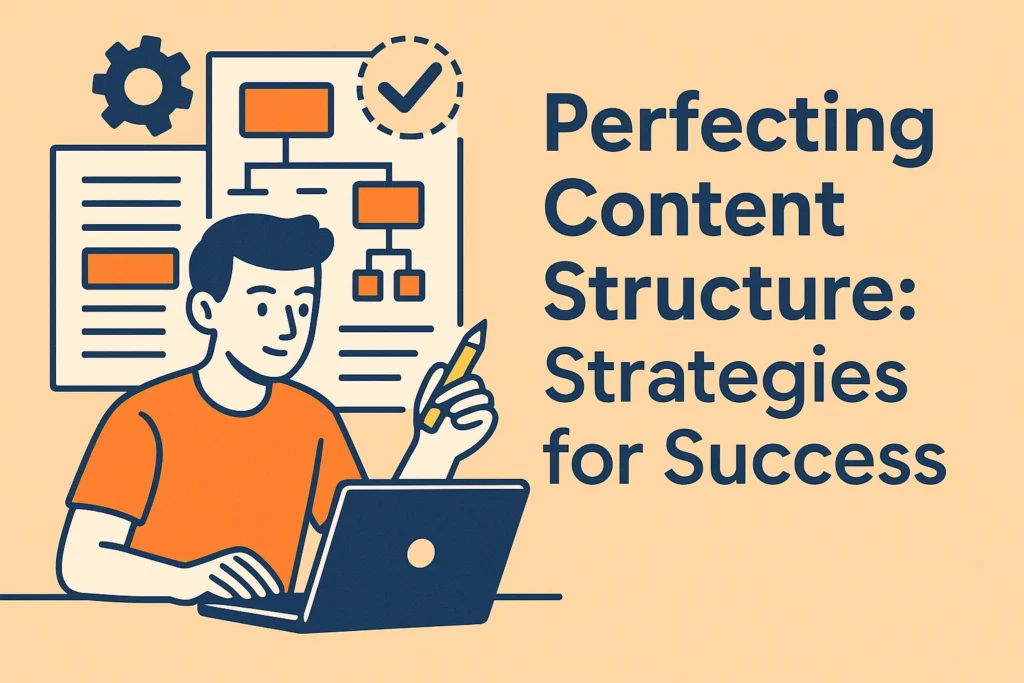In the digital age, the way we consume content is continually evolving. Among the myriad of content formats, video marketing has emerged as the dominant force. For small businesses, harnessing the power of video marketing can lead to significant growth and engagement. From short-form videos to live streaming, the landscape of video marketing offers numerous opportunities to connect with audiences in meaningful ways. This blog post delves into the rising trend of video marketing and explores how small businesses can effectively utilize this powerful tool to boost their online presence and drive sales.
The Rise of Video Marketing
Video content has become the preferred medium for online consumption. According to recent studies, video content is projected to account for over 80% of all internet traffic by 2025. This shift is driven by several factors, including the widespread availability of high-speed internet, the proliferation of smartphones, and the growing popularity of social media platforms that prioritize video content.
For small businesses, this trend represents a golden opportunity. Video marketing offers a versatile and engaging way to showcase products, tell stories, and connect with customers. Here are the key areas where video marketing is making a significant impact:
1. Short-Form Videos: Capturing Attention Quickly
Why It Matters: In an era of dwindling attention spans, short-form videos have become incredibly popular. Platforms like TikTok, Instagram Reels, and YouTube Shorts allow businesses to create engaging content that captures attention in a matter of seconds.
How to Leverage It: Small businesses can use short-form videos to highlight new products, share behind-the-scenes looks at their operations, and even provide quick tips or tutorials. The key is to make these videos visually appealing and to the point.
Example: A small bakery could create a series of short videos showcasing the process of making their signature cupcakes, from mixing ingredients to the final decoration. These videos can be shared on social media to attract new customers and keep existing ones engaged.
2. Live Streaming: Building Real-Time Connections
Why It Matters: Live streaming offers a unique opportunity to connect with audiences in real-time. It provides a sense of immediacy and authenticity that pre-recorded videos often lack. Live streaming is particularly effective for product launches, Q&A sessions, and special events.
How to Leverage It: Small businesses can use live streaming to interact directly with their audience, answer questions, and receive instant feedback. Platforms like Facebook Live, Instagram Live, and YouTube Live are excellent for hosting live events.
Example: A small fashion boutique could host a live stream event to showcase their new seasonal collection. During the event, viewers can ask questions about the products, see how they look on models, and even place orders in real-time.
3. Interactive Videos: Engaging and Immersive Content
Why It Matters: Interactive videos are a step beyond traditional video content. They allow viewers to engage with the content through clickable links, polls, quizzes, and more. This interactivity makes the viewing experience more engaging and memorable.
How to Leverage It: Small businesses can create interactive videos to provide a more immersive experience for their audience. This could include product demonstrations with clickable links to purchase, educational content with quizzes to reinforce learning, or customer testimonials with links to read more reviews.
Example: A home fitness brand could create an interactive workout video where viewers can click on different exercises to see detailed instructions, read about the benefits, and purchase related products like workout gear or supplements.
The Benefits of Video Marketing for Small Businesses
Increased Engagement: Video content is inherently more engaging than text or static images. It combines visuals, audio, and storytelling to create a rich and immersive experience that captures attention and keeps viewers interested.
Enhanced SEO: Search engines favor video content. Websites with video are more likely to rank higher in search results, and videos themselves can drive significant traffic from platforms like YouTube. Additionally, video content can increase the time users spend on your site, further boosting SEO.
Better Conversion Rates: Videos can significantly improve conversion rates. They provide a more comprehensive understanding of products or services, build trust with potential customers, and create a compelling call to action. According to studies, consumers are more likely to make a purchase after watching a video about a product.
Cost-Effective Marketing: With advancements in technology, creating high-quality video content has become more accessible and affordable. Even with a limited budget, small businesses can produce professional-looking videos using smartphones and affordable editing software.
Improved Social Media Reach: Social media platforms prioritize video content, meaning videos are more likely to be seen and shared by users. This increased visibility can lead to higher engagement, more followers, and ultimately, more customers.
Getting Started with Video Marketing
Define Your Goals: Before diving into video marketing, it’s essential to define your goals. Are you looking to increase brand awareness, drive sales, or engage with your community? Having clear objectives will guide your video content strategy.
Know Your Audience: Understanding your target audience is crucial. What type of content do they prefer? Where do they spend their time online? Tailoring your video content to meet the preferences and behaviors of your audience will increase its effectiveness.
Plan Your Content: Create a content calendar to plan your video marketing efforts. This will help you stay organized and ensure a steady stream of content. Mix up your content to include product demos, behind-the-scenes looks, customer testimonials, and educational videos.
Invest in Quality: While you don’t need a Hollywood budget, investing in good equipment and editing software can make a significant difference in the quality of your videos. Clear audio, good lighting, and professional editing can enhance the viewer’s experience.
Promote Your Videos: Simply creating videos isn’t enough. Promote your videos across your social media channels, embed them on your website, and include them in email newsletters. The more visibility your videos get, the more impact they will have.
Conclusion
Video marketing is no longer just an option; it’s a necessity for small businesses looking to thrive in the digital age. By embracing short-form videos, live streaming, and interactive content, small businesses can engage their audience, build brand loyalty, and drive sales. With the right strategy and tools, video marketing can become a powerful component of your overall marketing strategy, helping your business stand out in a crowded online marketplace. Start exploring the possibilities of video marketing today and watch your business grow.






